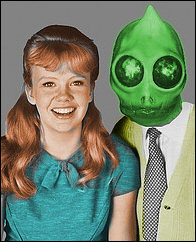I'd be remiss if I didn't touch on the ancestor of the romance comic book, the pulp magazine. Pulps are a different animal and not like a comic book like the others recently featured. Yet many of the tales like the one featured in the pulp magazine Snappy #11 (November 1937) shared quite a few elements in common with the fare later offered in the comics. Many of the pulp stories were lurid, full of subtext and serviced the misogynistic fantasies of the targeted market. All this carried over to the comic books with little change to most plots.
Like the comics, many stories featured the lonely woman over-compensating by acting out or self-sabotaging a relationship and the strong, over-bearing male who pursues and wins the affection of a female only to throw her over or demand she quit her career or lifestyle to stand in a subservient role to him. There were of course differences, as the story and illustrations could be of more mature content depending on the magazine itself, yet many of the stories would not be out of place in the romance comic books. Not surprising since many of the creators working in the pulp magazine industry worked in comic books when that format became the market leader.
In 1937 Snappy was borderline pornographic material, though far more adult material is seen in the comics and magazines marketed to children and young adults of today. In the heyday of the news stands Snappy was one of the magazines not on public display and was kept out of view behind the counter. A customer had to ask for it. The decline of the pulps, the battles with censorship and the rise of comic books is a fascinating story of the publishing industry and is one I urge anyone to learn more about.
Hold the link close and gasp with the ecstasy of downloading a pdf file of The Tramp!
Saturday, December 15, 2007
The Tramp!
Posted by
Sleestak
at
12/15/2007 06:48:00 PM
![]()
![]()
Subscribe to:
Post Comments (Atom)


























No comments:
Post a Comment
Moderation enabled only because of trolling, racist, homophobic hate-mongers.
Note: Only a member of this blog may post a comment.